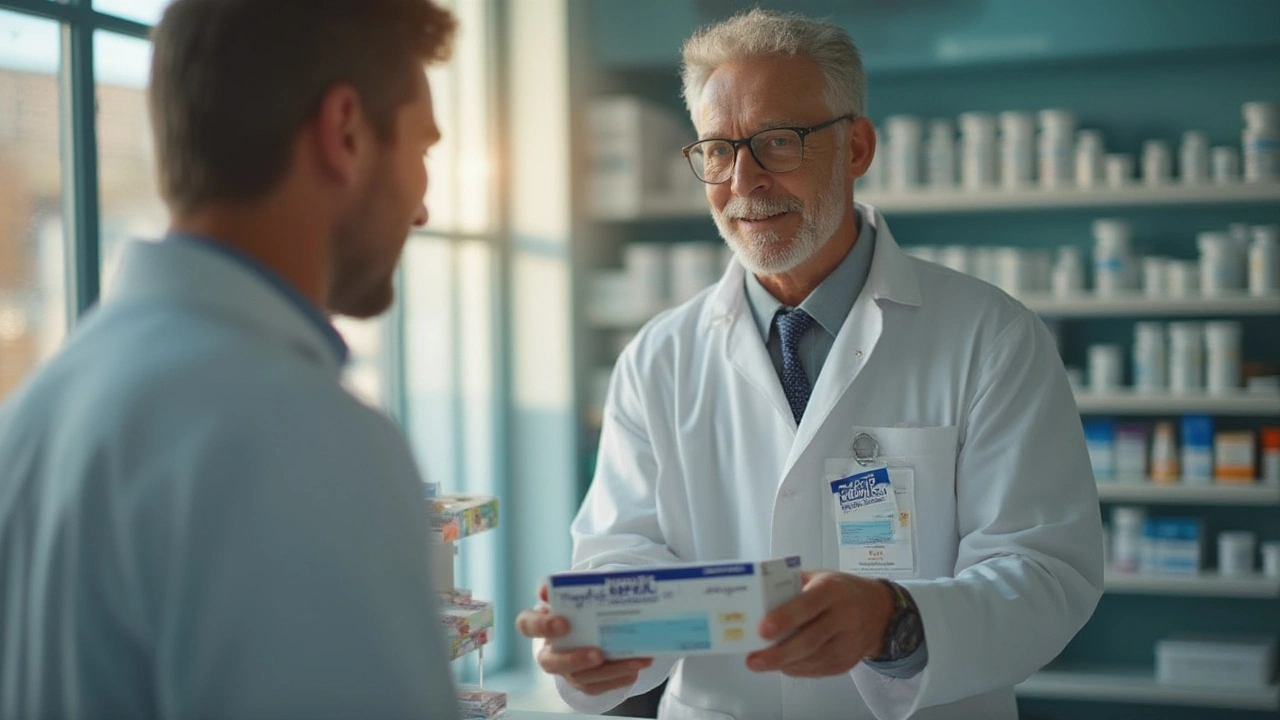Urinary Tract Infection (UTI): What You Need to Know
Did you know that almost half of all women will have a UTI at some point? It’s a common upset that can feel like a burning fire in the bladder. The good news is you can spot it early, treat it safely, and lower the chance of it coming back.
Common signs you’re dealing with a UTI
Typical UTI symptoms show up fast. You might feel a strong urge to pee, even if only a little comes out. A burning sensation while you urinate is a classic clue. Cloudy or strong‑smelling urine, blood spots, and lower‑abdomen pressure are also red flags. If you get a fever, chills, or back pain, the infection may be moving toward the kidneys – that needs prompt medical attention.
How to treat a UTI at home and when to call a doctor
First off, drink plenty of water. Lots of fluids flush bacteria out of the urinary tract. A cup of cranberry juice (unsweetened) can help, but it’s not a cure. Over‑the‑counter pain relief like ibuprofen or acetaminophen eases discomfort.
If symptoms last more than two days, or if you have a fever, call a doctor. They’ll likely prescribe a short course of antibiotics – finish the whole pack even if you feel better. Buying antibiotics from a reputable online pharmacy is safe when you double‑check the site’s license, read customer reviews, and confirm they require a valid prescription.
After you start antibiotics, keep drinking fluids and avoid irritants like caffeine, alcohol, and spicy foods until you’re fully recovered.
Preventing another UTI is easier than you think. Keep a water bottle handy and sip throughout the day. Pee soon after sex to clear any bacteria that might have moved toward the bladder. When wiping, go front‑to‑back to stop germs from the anal area reaching the urethra. If you’re prone to repeats, talk to your doctor about low‑dose antibiotics taken after sex or a daily supplement that can lower bacterial growth.
Remember, a UTI is treatable, but ignoring it can lead to kidney infection or chronic issues. Spot the signs early, stay hydrated, get the right meds, and follow simple hygiene habits – you’ll keep your urinary system running smoothly.
Noroxin: Uses, Side Effects, and Essential Patient Information
Explore everything you should know about Noroxin (norfloxacin), from how it treats urinary and prostate infections to possible risks, facts, safe use tips, and more.

